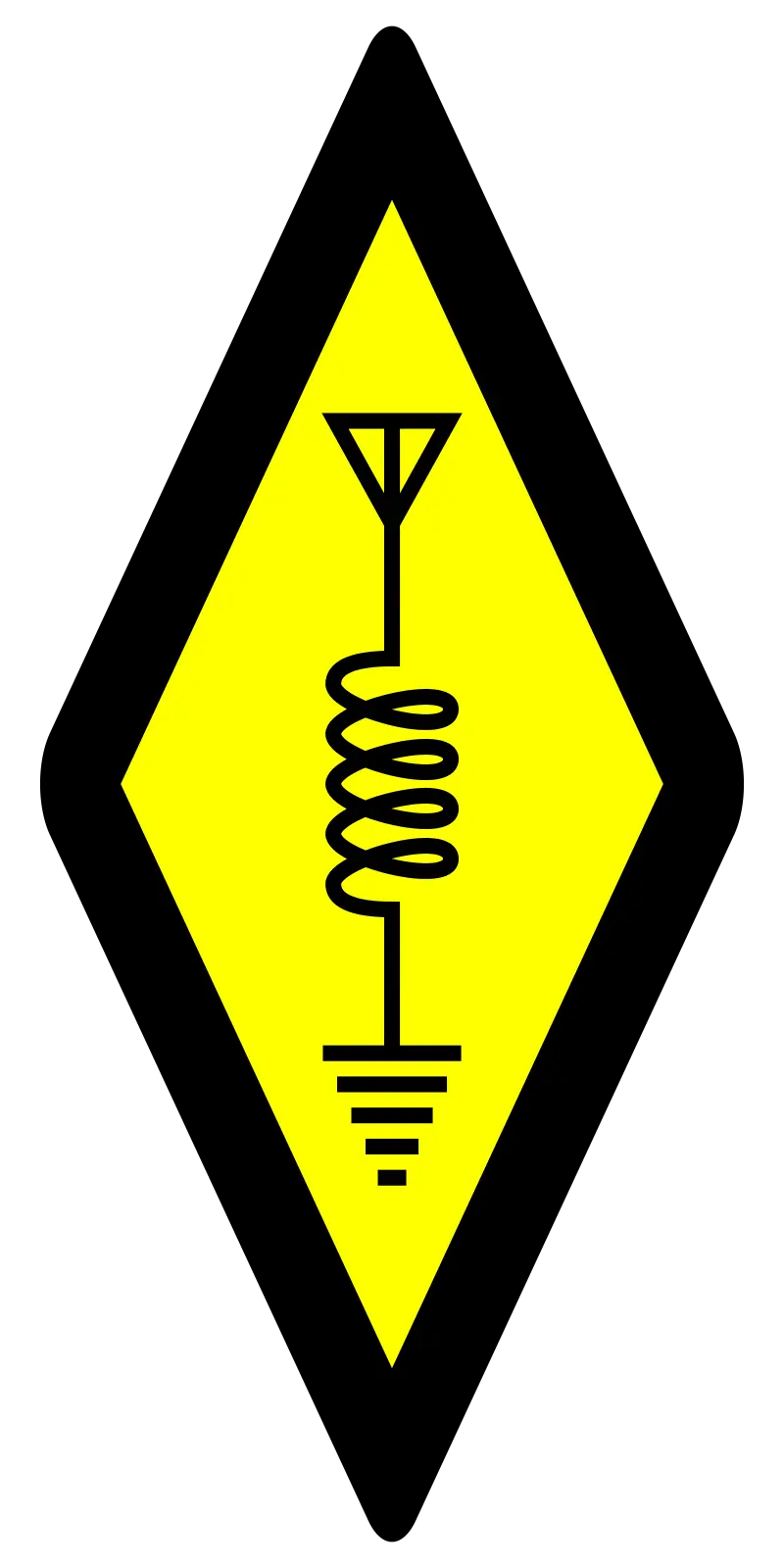- cross-posted to:
- digitalmodes
- cross-posted to:
- digitalmodes
Bands with a 300 baud rate limitation eliminated by this order are the 160 meter band; 80 meter band; 40 meter band segments 7.000–7.100 MHz and 7.100–7.125 MHz; 30 meter band; 20 meter band segment 14.00–14.15 MHz; 17 meter band segment 18.068–18.110 MHz; 15 meter band segment 21.0–21.2 MHz; and 12 meter band segment 24.89–24.93 MHz. The 10 meter band segment 28.0–28.3 MHz has a 1200 baud rate limitation, which is also lifted.
“Instead, the commission establishes a 2.8 kHz bandwidth limitation in the applicable amateur radio bands,” it said.



On HF, unfortunately, physics is going to keep you from having high speed data. The Shannon–Hartley theorem puts a ceiling on the maximum bitrate of a channel in the presence of noise. If you are on HF with your 100w transceiver and a dipole antenna, your signals are always going to be weak enough on the other end of a skywave contact to limit your data throughput. Even given a magical ham prodigy that invents the best mode imaginable, it’s going to be Kbps, not Mbps. If you want to learn about the development of open source, higher throughput digital modes for HF, I highly recommend David Rowe’s blog on the development of FreeDV over the years. There’s even a recent move to general data in addition to digital voice. However, we are talking about single digit Kbps digital. There are some other modems used by the Winlink folk that are a little higher. The drop of the baudrate limit will just remove an artificial contraint, and headache, on that development.
On line-of-sight VHF and up connections, it gets easier and easier as you have higher gain antennas pointed at each other and lower natural noise figures.